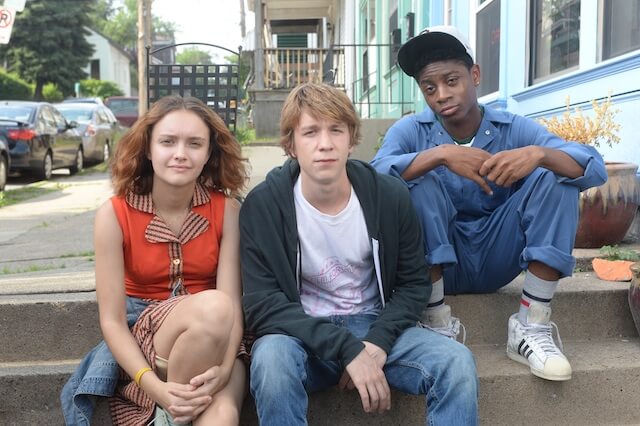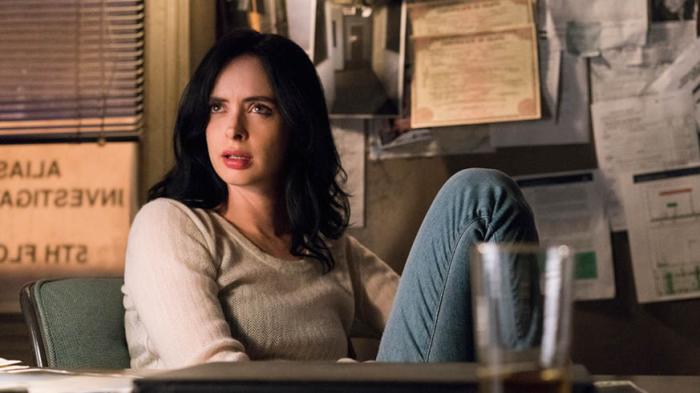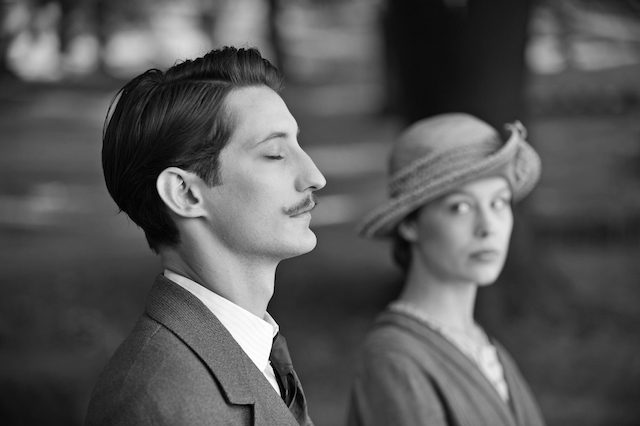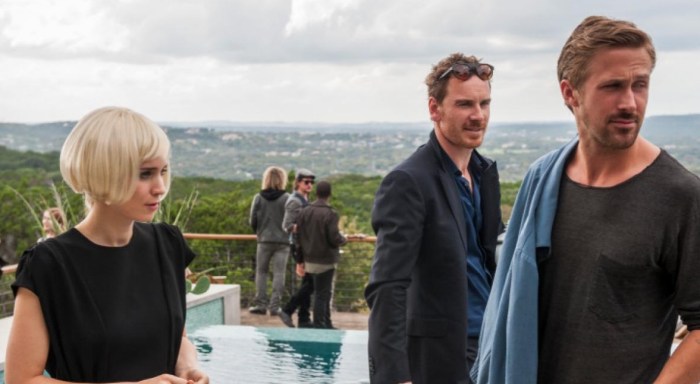‘Me and Earl and the Dying Girl’ The Sundance smash “Me and Earl and the Dying Girl” plays like the world’s final White People Problems missive. It’s both a time capsule and aware of its irrelevancy. Its lead character — the “me” of the title, aka Greg (Thomas Mann) — is a glum high school senior. Perhaps once upon a time his school was whitewashed, but now it’s diverse, and he’s no longer the majority. That appears to explain, bizarrely, why he’s not friends with anyone. Instead, he’s acquaintances with all, able to toss off idle chit-chat before quickly retreating to isolation. The closest thing he has to a pal is Earl (RJ Cyler), a low-income black kid from the bad part of town. But Greg brags he’s not really his friend either. The story follows Greg as he hangs, forcibly, crankily, at the behest of his mom (Connie Britton), with the “Dying Girl.” That would be Rachel (Olivia Cooke), a similarly sarcastic fellow student about to succumb to leukemia. Rachel, who again is dying, would make an interesting protagonist, as would Earl, who again is impoverished. Instead the focus stays with the white dude, whose main problem is that he’s not sure if he wants to go to college and suffers from general intimacy issues. This leaves Rachel reduced to a deadpan machine, rattling off withering observations in monotone. Still, she fares better than Earl, a broad stereotype out of a ’30s Hollywood film whose main character trait is he loves to talk about “dem titties.” If you need to know what hipster racism is, then here’s a great example: a film that trades on ignorant stereotypes but think it’s above it because it’s enlightened. It wants to win over everyone, and is, from a technical standpoint, well-made and, Mann definitely included, well-acted. The director Alfonso Gomez-Rejon — who is not white, who didn’t write the film (or the book it’s based on) and who seems to be trying to make a calling card — fills the film with cool stuff to let you know it’s cultured. The soundtrack teems with Brian Eno songs, and Greg and Earl, both Werner Herzog fanboys, like to make “Sweded” versions of their favorite movies. (“Sweding,” if you’ve forgotten, is the art of making charmingly no-budget mini-remakes, a la Jack Black and Mos Def in “Be Kind Rewind.”) They don’t go for the obvious choices either; they do up deepish cuts like Visconti’s “Death in Venice.” The used store they frequent even has a section for avant-garde auto-documentarian Su Friedrich — a name that will go over the head of most of its audience but will impress the truly dedicated cinephile. In other words, “Me and Earl and the Dying Girl” wants you to think it’s not stupid enough to just be another film in which non-white males exist to help the relatively minor problems plaguing a white male. But that’s precisely what it is. In its first half it seems it might even be aware of this — that the business in which our hero doesn’t befriend minorities is a satire mocking the modern Caucasian bro, who feels out of place in a rainbow-colored world at which he’s decreasingly the center. By the second half, when the comedic tone inevitably curdles into sap, it’s clear this was all a ruse — a ploy to trick you into caring about just another white boy with no actual problems, and not just compared to the two other main characters. The title is six words too long.
Director: Alfosno Gomez-Rejon
Stars: Thomas Mann, Olivia Cooke
Rating: PG-13
1 Globe (out of 5)
‘Me and Earl and the Dying Girl’ is all about White People Problems

Anne Marie Fox
Follow Matt Prigge on Twitter @mattprigge


















